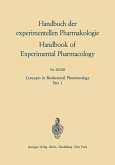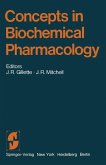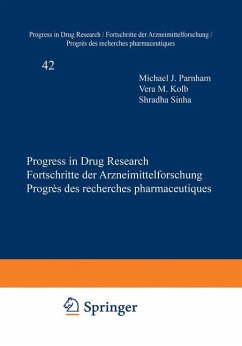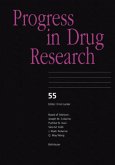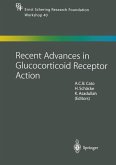State-of-the-Art Chirality Stereochemistry in general and chirality in particular have long been recog nized as major structural factors influencing pharmacological activity and pharmacokinetic behavior. For more than a century, relevant information in these fields has been accumulating at an accelerating pace, leading to rationalizations, concepts and theories of increasing breadth and depth. Frequently, fundamental advances in stereochemical aspects of molecular pharmacology, drug disposition and pharmacochemistry have been translated into corresponding progress in clinical pharmacology and pharmacotherapy. There have been exceptions, however, since some extrapolations from the biochemical and in vitro situations to the in vivo human situation have proven premature. This notion resulted in the now appeased, but far from closed, debate regarding racemic versus enantiopure drugs, which saw some pro ponents state that "in many cases, only one isomer contributes to the thera peuticaction while the other, the 'isomeric ballast', only contributes to the side effects and toxicity" (ARIENS 1986,1989,1992). Other authors, in contrast, have cautioned against hasty generalizations and advocated a more pragmatic, case by-case and evidence-based view (CALDWELL 1995; DE CAMP 1989; SZELENYI et al. 1998; TESTA 1991; TESTA and TRAGER 1990; TESTA et al. 1993).



